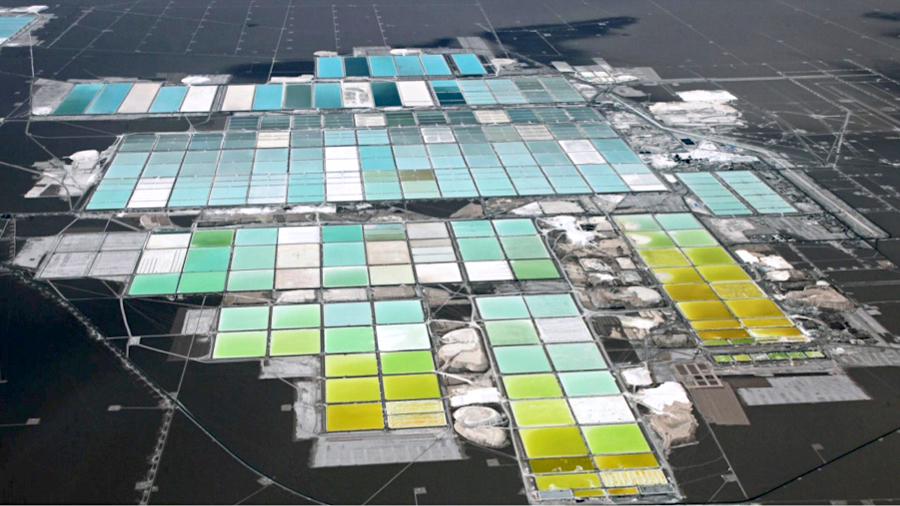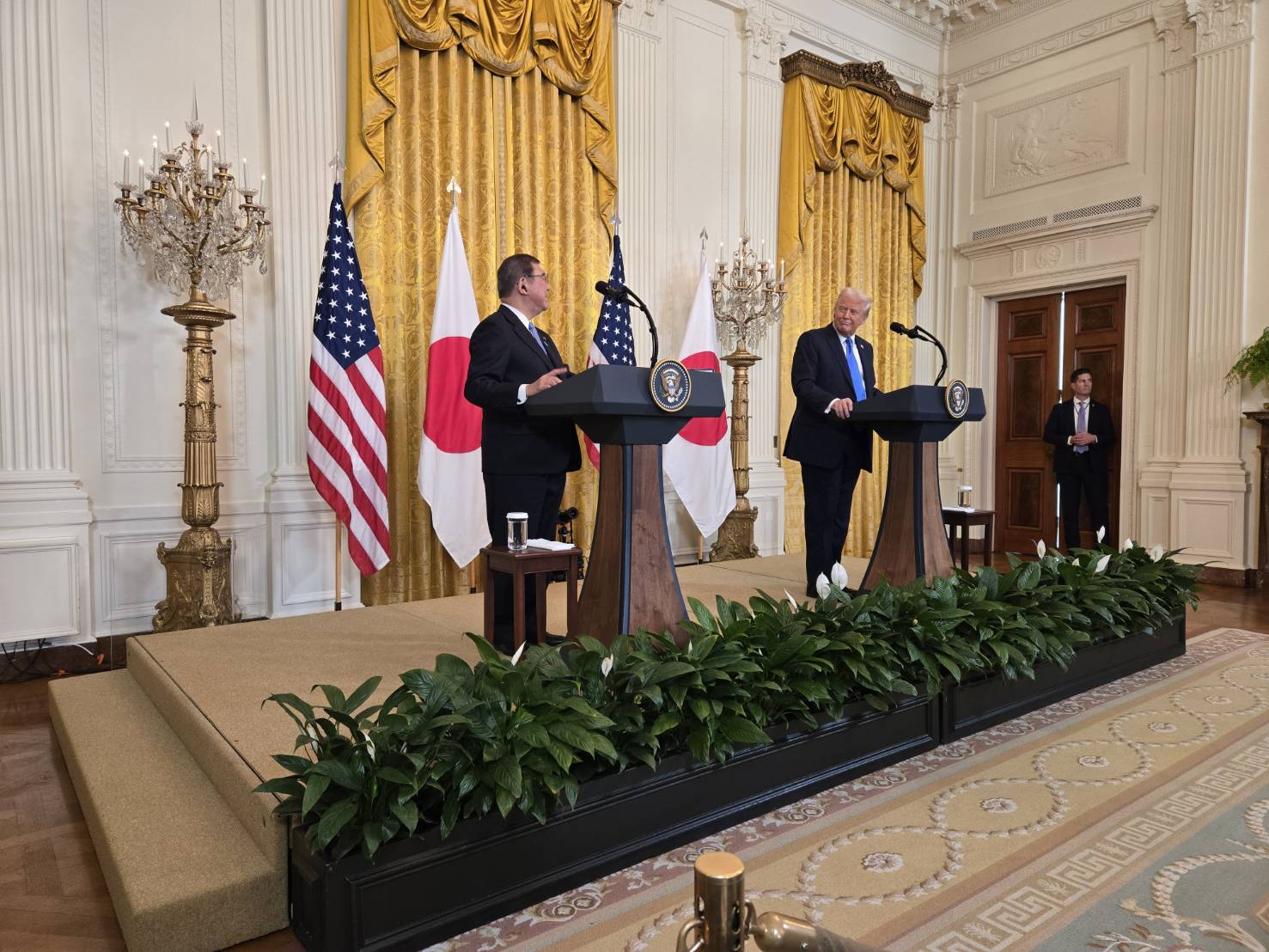Lithium giant lifts outlook with 2018 fizzle in rear-view mirror

Two months after disappointing the market with its annual results, the world’s second-largest lithium miner said expansion plans had gone better than expected and that sales would likely beat its forecasts for this year.
Santiago-based Soc. Quimica y Minera de Chile SA will exceed its sales target of just under 50,000 tons of lithium as output ramps up at its operations in the Atacama salt flat, according to the company’s commercial vice president of lithium and iodine Felipe Smith.
“We are ready to offer more product to the market,” Smith said in an interview in Santiago on Thursday. “We have a better than expected position in production and inventories after we reached more stable production following the expansion.”
SQM, whose operation sits on top of the world’s largest lithium reserve, almost doubled its production capacity in 2018 to 70,000 tonnes per year to respond to a booming demand.
SQM, whose operation sits on top of the world’s largest lithium reserve, almost doubled its production capacity in 2018 to 70,000 tons per year to respond to booming demand for the mineral essential to power the rechargeable batteries used in electric vehicles. Yet, the company’s shares posted the biggest decline in more than a year in February after reporting disappointing results and projecting lower-than-expected sales volumes. That is now changing again.
“Every ramp up has a lot of hiccups and adjustments we need to do,” Smith said. “We feel now we are in a better position to start looking for additional volume in terms of sales and this is our goal — we hope to exceed the initial sales plan.”
Still, Morgan Stanley cut its 2019 price target on SQM to $35 per share from $44, analysts led by Javier Martinez de Olcoz wrote in a research note Friday. They became more bearish on the company after a trip to Chile in which they met with local authorities and the new Chief Executive Officer Ricardo Ramos.
SQM shares on the Santiago stock exchange fell as much as 2 percent Friday to the lowest since July 2017.
Market boom
Ramos said two months ago that production would be just over 60,000 tons of lithium this year, but that sales would remain under 50,000 tons as the miner looked to build its inventories and gain flexibility given uncertainty in the market.
Lithium producers have so far struggled to respond to a trend that’s expected to result on the market growing from about 300,000 tons to 1 million tons by 2025.

Demand from SQM’s main clients in South Korea and Japan remains healthy, Smith said. Still, a reduction of Chinese government subsidies to electric vehicle manufacturers could impact demand from the Asian nation. “Perhaps the impact will remain for some months, but the demand is still there.”
SQM, which has typically sold its product in short term contracts and at a high price in the market, will be more aligned with competitors this year, Smith said. While spot lithium prices in China plummeted in 2018, the variation in price has been less dramatic for the mineral sold elsewhere.
Lithium carbonate produced in South America was flat at $13,000 per ton from the previous month in March, after reaching a historic high of $15,750 per ton in May last year, according to a monthly report by Benchmark Mineral Intelligence.
“Last year we managed to sell at a better price compared to our competitors and this year we are going to reach more or less the same levels as our competitors,” Smith said. “Where price is going now will depend on how much supply really enters the market.”
{{ commodity.name }}
{{ post.title }}
{{ post.date }}


Comments